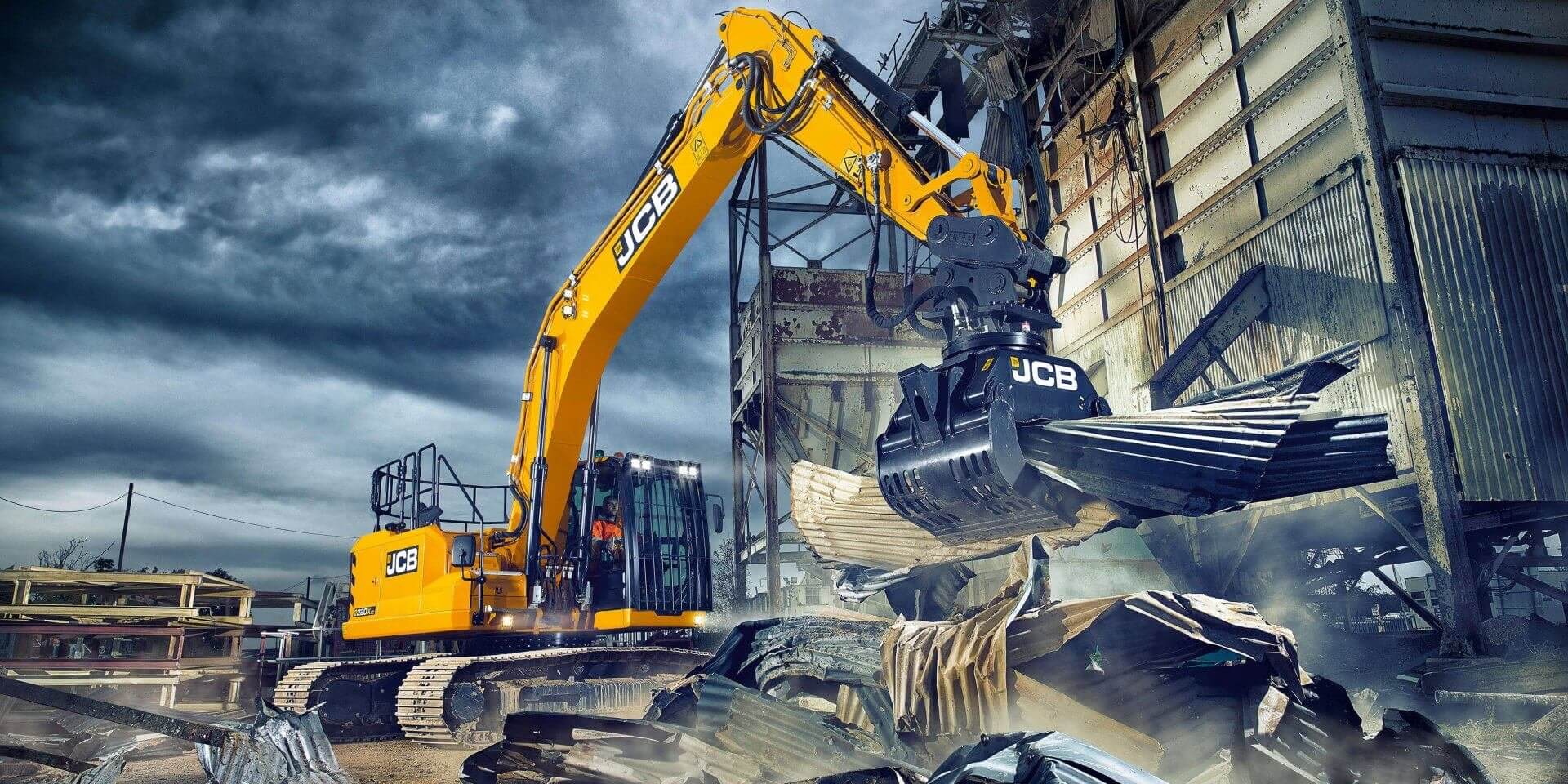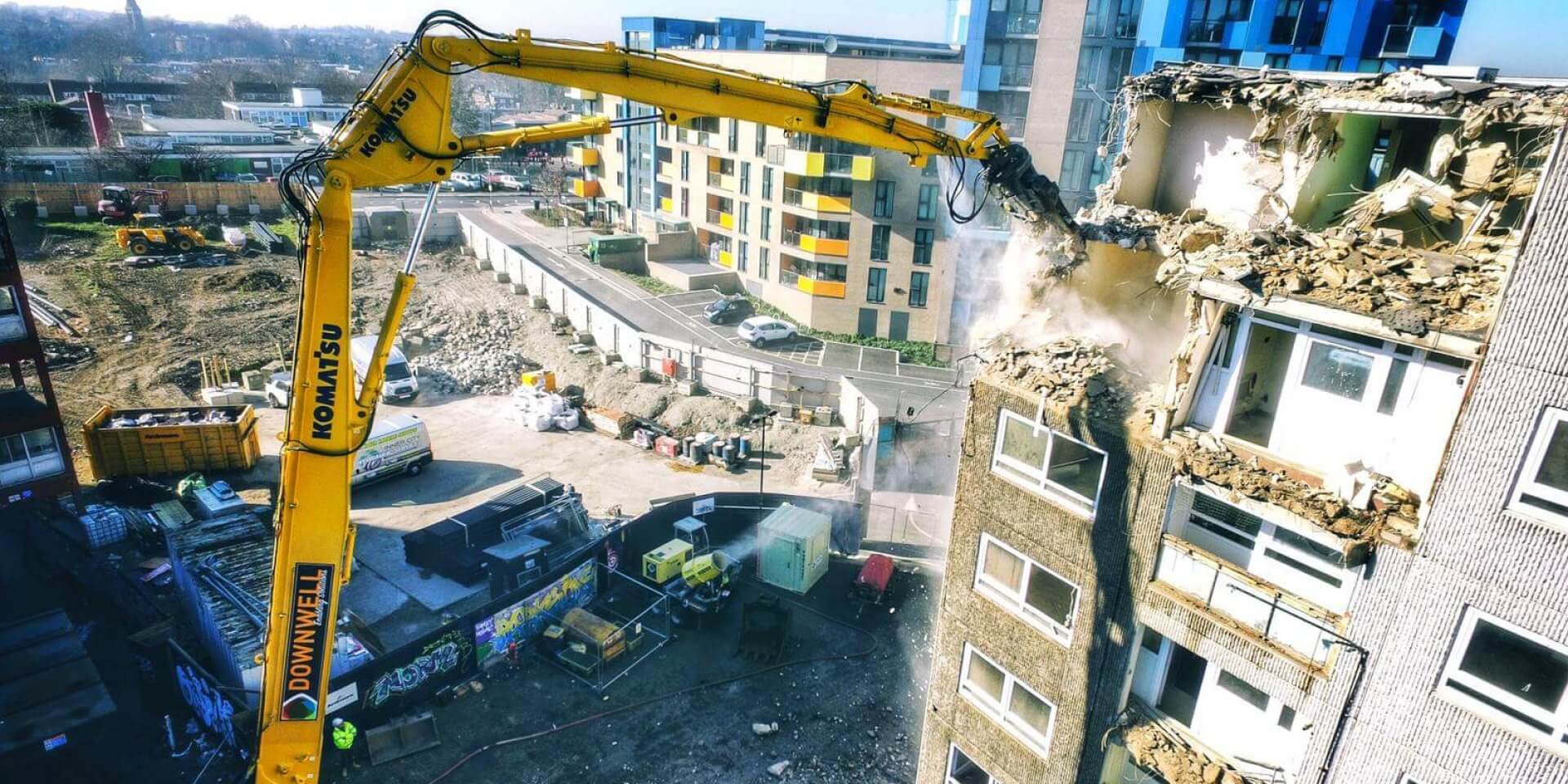
Post-war Britain believed it had found the answer to its housing crisis. Concrete panels, precision joints, and production lines promised a future of quick, clean, affordable homes.
For a while, it worked. Tower blocks rose where terraces once stood, and politicians hailed the triumph of industrialised building. But beneath the promise of efficiency lay fragile assumptions: about design; about quality; about what happens when you push a system just a little further than it was ever meant to go.
What followed changed the way we thought about building safety, shook public faith in high-rise living, and exposed a flaw that time has yet to fully repair. The ghosts of those decisions are still among us today. But their day of reckoning has arrived.





